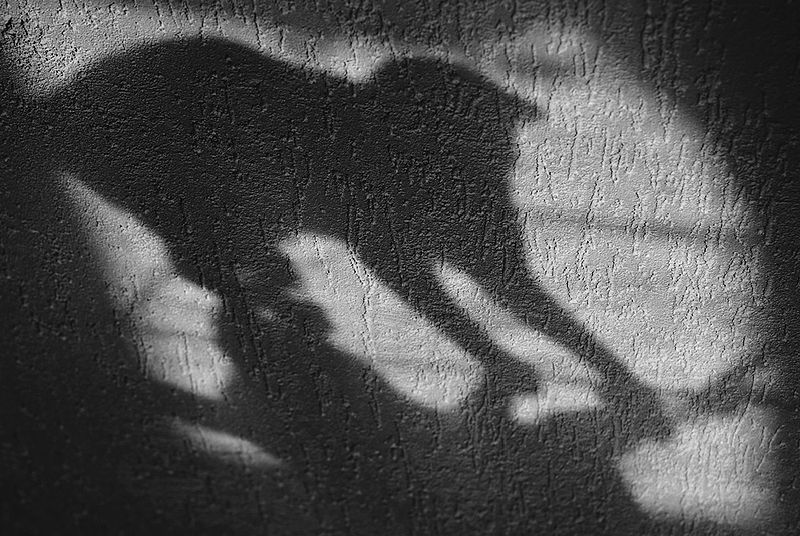
Figure 1 – Cat shadow by Velarius Geng and licensed under the Creative Commons Attribution-Share Alike 3.0 Unported license.
The other night my cat jumped up in bed. After a while, it surprised me that she had not settled down’ so I looked to see what she was up to. She was warily watching her shadow cast by the nightlight onto the ceiling. It was a giant threatening feline. Most pet-lovers have been amused by their puppy or kitten’s first encounter with a mirror. Why won’t it play with me. My cat Cloe’ likes to dig at her reflection on the shiny tile hearth. We call it ‘Eolc.” But all of this made me wonder about how people reacted to the first photographs – or more profoundly what it meant to them to be photographed.
It seems a curious point that when we look at an old picture, we see it as a captured moment a conversation, if you will, with the past. But the point is, in fact, that in reality they are gone; the photograph remains. So the photograph may be only a shadow of self, but it is the photograph that denies corruption.The creepiest of nineteenth century photographic images are the postmortem mementos, usually of dead children in their parents arms or clutching a favorite toy. For those that survived, the photograph again was all that remained, if not alive, then at least tangible.
And, of course, the photograph was magical. Yes, these were people who like us were enamored of technology. They understood, or at least nodded to, scientific explanations of the photographic process. But they remained in awe – and really we should always be in awe of scientific discovery. It is the quintessential ingredient of humanness.
Before photography there was drawing, but an artist was doing the drawing. In contrast, photography seemed more like Moses commanding the Red Sea to part. The photographer commanded light to paint. It was Fox Talbot’s “Pencil of Nature.” It was as if a piece of your essence emanated from your self and was captured in silver. So everyone wanted a piece of this magic.
What I find myself wondering is whether this magical element is truly the distinction, the great divide, between film and digital photography. We have become so enured to technology that we no longer see it as magical. There are too many high technology steps between concept and creation for there to be much magic left. And, of course, the the tangibility is gone. With analogue photography, An image lies embedded in the emulsion. It is there for all to see. Where is the tangibility of a digital image? More often than not it is never printed out. Its whole existence consists of captured electrons and frozen magnetic dipoles. It is states. It can be erased forever in and instant.
Cloe’ yawns at all the fuss.
